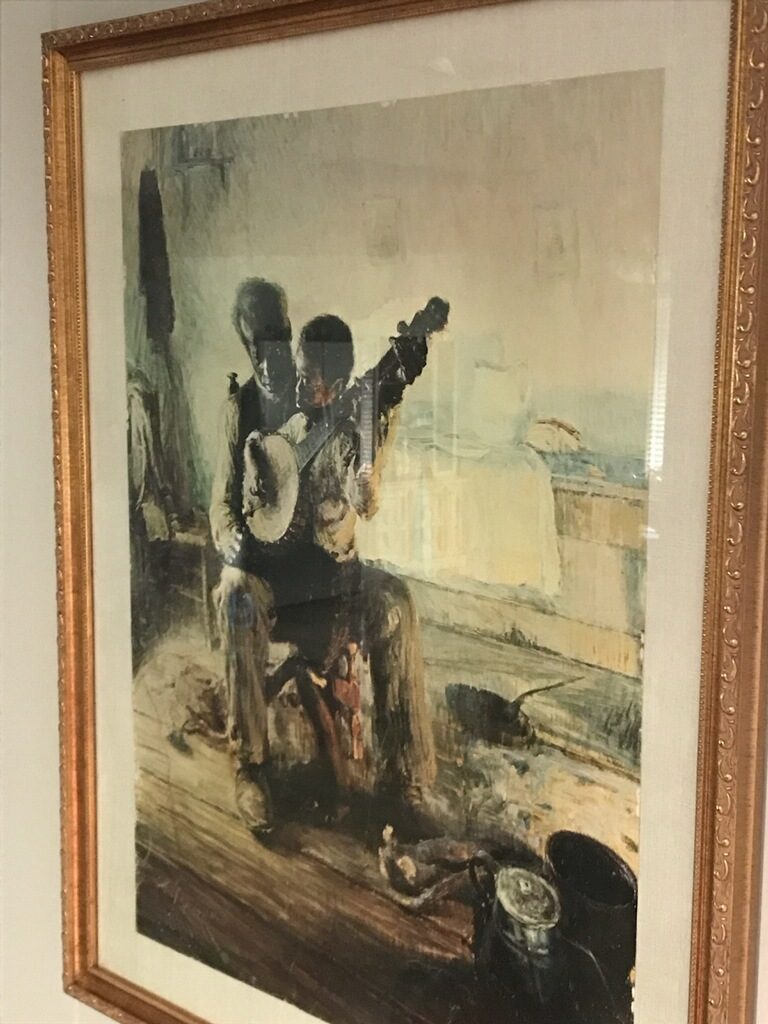In my previous posts, I wrote a lot of content about the black experience and painful struggle in America. As I learn more about the long struggle of black people and other people of color, I will try to include new information. There are many reliable resources available.
Europe, Africa and the Americas were bound together in an Atlantic trade system and cultural exchange. Millions of Africans were torn from their ancestral homelands and shipped to the Atlantic islands and the Americas to provide labor. After the Dutch ship brought a small number of Africans to Virginia in 1619, slavery took root in the North American English colonies. Initially European settlers in North America used white indentured servants and convicted felons from Europe as laborers. When they rebelled and less indentured servants came from Europe, white planters needed more laborers. Europeans began using enslaved Africans. The slave-based plantation system began.
In the early English colonies, skin color determined a person’s status as free or enslaved. Many English colonists thought black people were supposed to live a lifetime of servitude. This was the beginning on the color-coded social system. Enslaved black people faced life in bondage.
In 1492, Pedro Alonzo Nino, black navigator of the Nina, reached the New World with Christopher Columbus.
In 1619 between twenty to thirty kidnapped Africans arrived in Virginia by the English privateer ship, White Lion. They were purchased by the English colonists in Jamestown, Virginia to serve as bondsmen.
In 1622 Virginia legislature enacted laws declaring all children of mixed unions to be slave or free depending upon the status of the mother.
Between the years 1663-1864, there were at least 109 slave revolts on land, and 55 on slave ships at sea.
In 1664 Maryland enacted a law enslaving freeborn white women married to black enslaved men, and the children of such marriages. The law was later repealed to prevent forced marriages of white servants to enslaved peopled
In 1667 Virginia repealed her earlier statue enfranchising or freeing Black people who convert to Christianity.
In 1682 Virginia law reduced all non-Christian bondsmen to permanent slave status regardless of later religious conversion.
Between the years 1715-1750 slave importations for all colonies increased from 2,500 to 7,500 a year. Massive slave revolts took place in South Carolina.
In 1752 the first manumission statue was enacted by Maryland. Slaves were supposedly freed but were not yet citizens.
During the American Revolution in 1770, Crispus Attucks, a black sailor, fought and was killed in the Boston Massacre.
In 1789 and in 1791; the French Revolution erupted. There was a slave rebellion on the island of St. Domingue (now Haiti).The rebellion in St. Domingue showed that enslaved people would not accept perpetual bondage.
In 1791,Benjamin Banneker, free black scientist and mathematician, was appointed by President George Washington to help Andrew Ellicott survey the original borders on the District of Columbia.
In 1794, France abolished slavery in all its colonies. In 1795, Spain cedes territory east of the Mississippi River to the United States. In 1803, the Louisiana Purchase increased the size of the United States. In 1804, Haiti became the first republic of African people in the Western Hemisphere.
In 1808, Congress ends the United States participation in the Atlantic slave trade.
In 1812, the United States took on Great Britain, considered the greatest naval power in the world. Britain restricted U.S. trade and America wanted to expand its territory. Britain won the war.
In 1860, Abraham Lincoln was elected President of the United States. Seven states in the Deep South, South Carolina, Florida, Alabama, Mississippi, Louisiana, Georgia and Texas succeeded from the Union. Later, Virginia, Arkansans, Tennessee and North Carolina succeeded. They formed the Confederate States of America.
In 1861, Confederate forces fired on Fort Sumter in South Carolina’s Charleston Harbor. This was the beginning of the Civil War. Congress passed the Confiscation Act, freeing slaves under Union Army control who had previously helped the Confederacy.
In 1862, without official authorization, Union General David Hunter organized the first all -Black regiment, the First South Carolina Volunteers. President Lincoln issued a preliminary Emancipation Proclamation. The first authorized black combat units, the First Regiment Louisiana Heavy Artillery and the Massachusetts Fifty-Fourth and Fifty-Fifth Infantry Regiments were organized.
The Civil War lasted until 1865. Union General Sherman led Union troops in crushing campaigns through the South. The South was defeated. During the war, General Sherman issued Special Field Order No. 15, redistributing 400,000 acres of land along the coastal region to newly freed Black families in 40 acre segments. President Lincoln approved this order. Between the years 1862-1865, two hundred thousand black men served in the Union Army, 38,000 lost their lives. Twenty-two were awarded the Congressional Medals of Honor.
In 1863, President Lincolns issued the Emancipation Proclamation freeing slaves in rebel states. On June 19, 1865, Union soldiers arrived in Galveston, Texas with the news that the Civil War was over and slavery in the United States was abolished. Active recruitment of black soldiers for the Union Army began under designation United States Colored Troops (USCT).
In 1865, after President Lincoln was assassinated, Andrew Johnson of Tennessee became President. He revoked Special Field Order No. 15. The federal government failed to provide long-term economic support.
There will be more history in the next At A Glance post.
Francie Mae, October 30, 2021.
Reference
C. Eric Lincoln. November 1967. The Negro Pilgrimage In America. Bantam Pathfinder Books.
